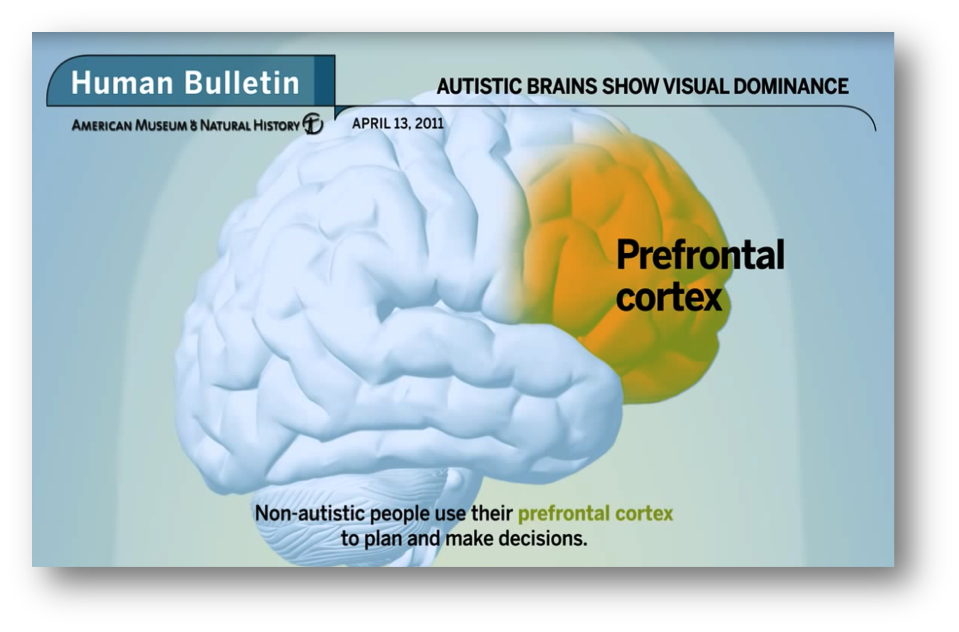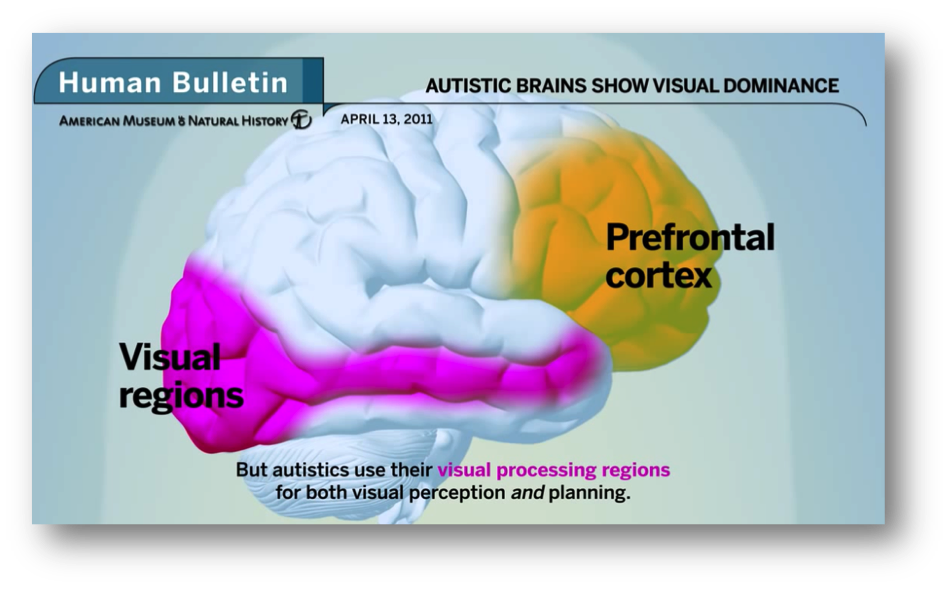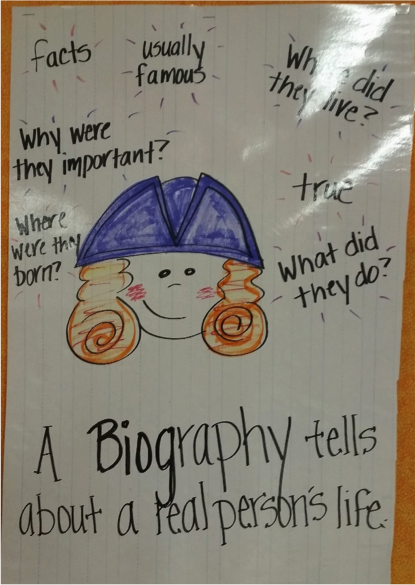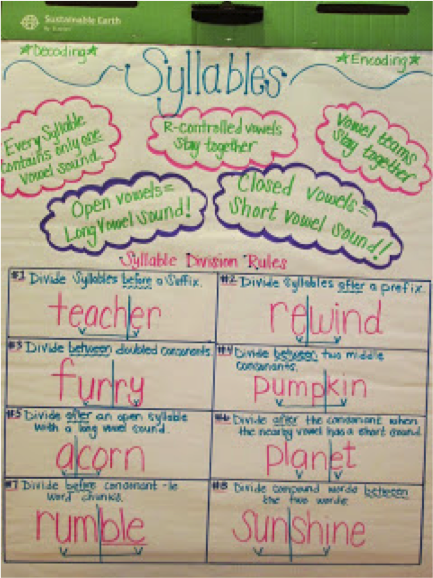The focus of our last blog was the use of mnemonic devices to support academic success. This week we will expand on this concept with the introduction of anchor charts. I love that anchor charts are considered a general education strategy to support typical learners. As we have discussed before, most individuals benefit from visual supports. Individuals with an autism spectrum are especially responsive to visual strategies as indicated by studies on the brain.
Anchor charts build a culture of literacy in the classroom, as teachers and students make thinking visible by recording content, strategies, processes, cues, and guidelines during the learning process.
• Posting anchor charts keeps relevant and current learning accessible to students to remind them of prior learning and to enable them to make connections as new learning happens.
• Students refer to the charts and use them as tools as they answer questions, expand ideas, or contribute to discussions and problem-solving in class.
Elementary Examples:
Middle School Examples:
For more information and resources on anchor charts, go to the following websites:
- http://fortheloveoffirst.blogspot.com/2013/05/printable-anchor-charts-are-here.html
- http://www.teachingwithamountainview.com/p/anchor-charts.html
Special thanks to the following teachers that have been generous in sharing their most amazing anchor charts.
Mrs. Gonzalez: Freedom Elementary, Southside ISD
Mrs. Mills: Pleasanton Elementary, Pleasanton ISD
Ms. Shamon: Jackson Middle School, North East ISD
By Lisa Rogers
The Education (K-12) Blogs and Special Ed Q & A are written and maintained weekly by Lisa Rogers with Educating Diverse Learners. Lisa received her M.A. in Special Education with an endorsement in the area of individuals with severe disabilities. Mrs. Rogers has also created products that have been used throughout the state of Texas for training purposes. Through the Association for Texas Professional Educators [ATPE], Ms. Rogers has produced an online course that targets the importance of visual strategies for student with autism spectrum disorders and just released her highly anticipated book titled: Visual Supports for Visual Thinkers.












